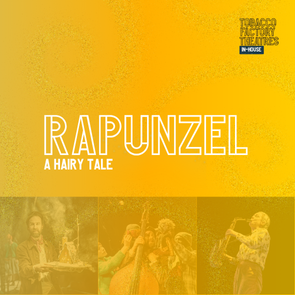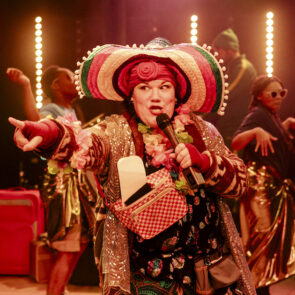“Exit, pursued by a bear.” It is perhaps the most notorious stage direction in all of Shakespeare, appearing in The Winter’s Tale (Act III, Scene III) as Antigonus meets his doom. The bear’s appearance is both shocking and comedic, but how has it been staged over the centuries? And could Shakespeare have intended for a real bear to lumber across the boards of the Globe?
A Live Bear on Stage?
One of the most tantalising theories is that Shakespeare’s company, the King’s Men, may have used a real bear for the scene. Bears were no strangers to the London stage; bear-baiting was a common and brutal form of entertainment, even patronised by Queen Elizabeth I. The Bear Garden, an arena for bear-baiting, was located just a stone’s throw from the Globe Theatre, making it feasible that a trained bear could have been borrowed for the production.
However, the logistics and risks of using a live bear make this unlikely. In other plays of the era featuring bears, such as Mucedorus, actors in bear costumes were the standard choice. Philip Henslowe’s diary, a vital source on early modern theatre practices, records the purchase of bear and lion skins for performances, suggesting that actors in animal disguises were the norm.
Staging the Bear Across History
Since Shakespeare’s time, directors have taken wildly different approaches to staging the bear. Some have opted for literalism, with actors donning elaborate bear costumes or puppets, while others have embraced abstraction, using shadows, sound effects, or even projections to create the sense of a bear’s presence.
For instance, some productions have leaned into the comedic absurdity of the moment, exaggerating the bear’s entrance to highlight the tonal shift from tragedy to farce. Others have made the bear a terrifying and almost supernatural force, reinforcing the play’s themes of fate and transformation.
A famous 20th-century production at the Royal Shakespeare Company featured a bear that was symbolically represented rather than seen, using sound and lighting effects to create a menacing atmosphere. Conversely, a 2013 production at the Globe Theatre opted for a pantomime-style bear, drawing laughter from the audience.
Why a Bear?
Beyond practical considerations, the bear itself carries rich symbolic weight. Shakespeare frequently referenced bear-baiting in his plays, often using the bear as a metaphor for human suffering or the inescapable forces of fate. In Macbeth, the title character, trapped and doomed, cries, “Bear-like, I must fight the course” (V.vii.1-2), while King Lear and Henry VI, Part 3 also feature bears as symbols of both power and powerlessness.
In The Winter’s Tale, the bear sits at the fulcrum between tragedy and comedy. The scene itself—Antigonus’s death—is grim, but its abrupt and bizarre execution pushes the play toward the fantastical and the absurd. As The Winter’s Tale moves toward reconciliation, rebirth, and magic (with Hermione’s miraculous “resurrection”), the bear becomes a gateway between genres.
Conclusion
Whether played by a real animal, an actor in costume, or suggested through lighting and sound, the bear in The Winter’s Tale remains one of Shakespeare’s most enduring theatrical puzzles. Its appearance is a turning point in the play’s shifting tone, and its staging choices can completely alter the audience’s experience. From the brutal arenas of Elizabethan bear-baiting to the modern stage’s innovative interpretations, the bear continues to be an unpredictable and thrilling theatrical moment.
After all, there’s a reason “Exit, pursued by a bear” remains one of the most memorable directions in stage history.
Whether terrifying or farcical, the bear in The Winter’s Tale continues to fascinate audiences and theatre-makers alike. How will it appear in this production? There’s only one way to find out! Book your tickets now for The Winter’s Tale at Tobacco Factory Theatres and experience the magic, mystery, and mayhem of Shakespeare’s late masterpiece.
FOR MORE INFORMATION AND TICKETS, CLICK HERE.
Posted on 18 February 2025




